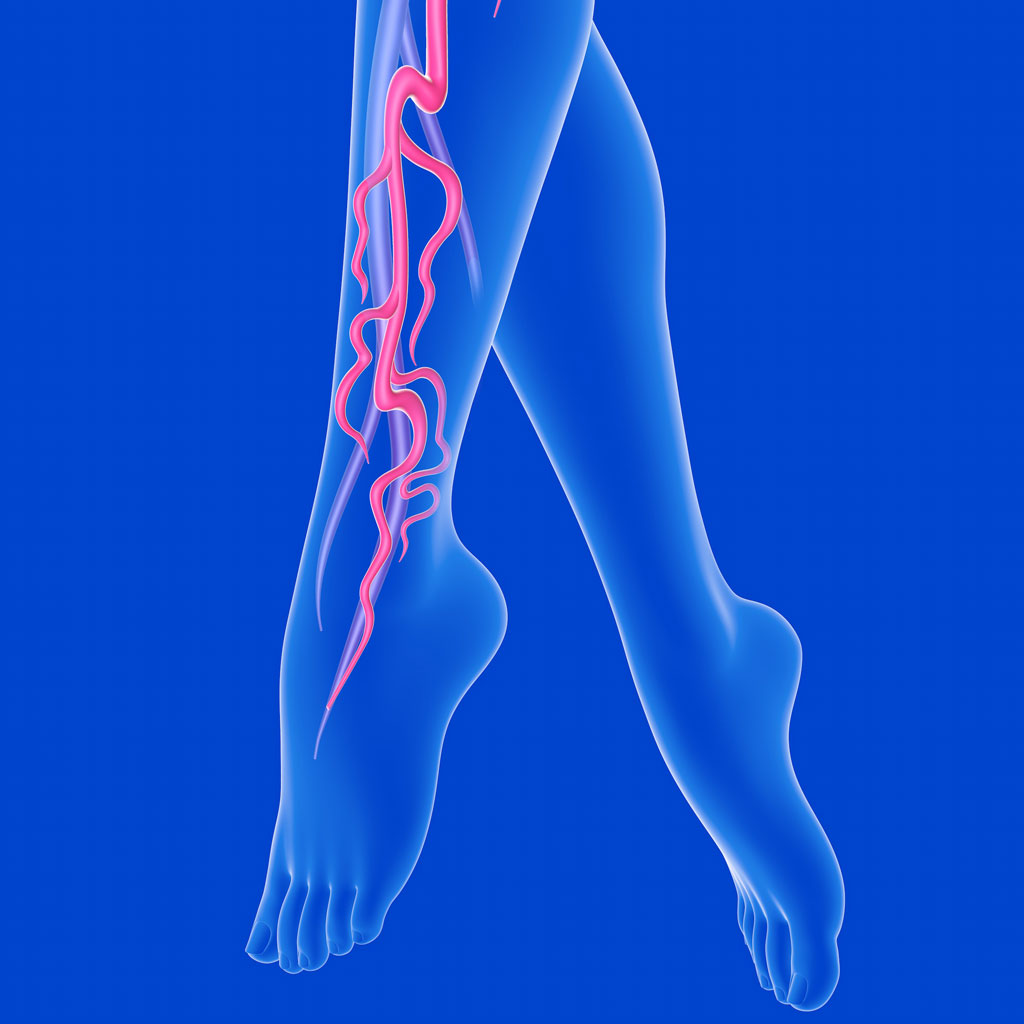Deep vein thrombosis (DVT) is a condition in which a blood clot forms in a deep vein, typically in the legs. If left untreated, DVT can lead to life-threatening complications like pulmonary embolism. The primary causes of deep vein thrombosis (DVT) are damage to a vein from surgery, infection or injury, but other factors include age, lack of movement, smoking, obesity, and hormone therapy or birth control.
Traditional treatments for DVT often involve blood-thinning medications, but for some patients, minimally invasive DVT treatment options may be a better fit.
Here’s what you need to know about your options.
1. Catheter-Directed Thrombolysis
Catheter-directed thrombolysis is a targeted approach used to break down blood clots. During this procedure, the physician guides a small catheter to the site of the DVT, where a special drug is administered directly into the clot, effectively dissolving it to remove the danger to the patient. This method is particularly effective for large or severe clots that don’t respond well to anticoagulant therapy alone.
2. Mechanical Thrombectomy
Mechanical thrombectomy is another minimally invasive DVT treatment that physically removes the clot using specialized devices. A catheter equipped with a clot-retrieval mechanism is guided into the vein to extract the clot. This method benefits patients who cannot tolerate blood thinners or need immediate clot removal to prevent complications.
3. Angioplasty and Stenting
In some cases, DVT can be associated with the narrowing or compression of veins, leading to recurring clots. If a vein is blocked or constricted, angioplasty and stenting may be used to keep it open. During this procedure, a small balloon is inflated inside the vein to widen it, and a stent (a tiny mesh tube) is placed to maintain proper blood flow. This technique is particularly beneficial for patients with underlying venous disease or those who have experienced repeated DVT episodes.
4. Inferior Vena Cava (IVC) Filters
For individuals at high risk of pulmonary embolism who cannot safely take blood thinners, an IVC filter may be an option. This small device is placed in the inferior vena cava, the large vein that carries blood from the lower body to the heart. The filter acts as a barrier, trapping any dislodged clots before they can reach the lungs. While this method does not remove existing clots, it helps prevent potentially life-threatening complications.
Choosing the Right Treatment
The best treatment for DVT depends on various factors, including the size and location of the clot, the patient’s overall health, and any underlying conditions. A vascular specialist can assess your situation and determine whether a minimally invasive DVT treatment is the right choice.
Minimally invasive DVT treatments have revolutionized the way blood clots are managed, offering alternatives to traditional blood-thinning medications. If you or a loved one has been diagnosed with DVT, exploring these advanced treatment options could mean a faster recovery with fewer complications.
If you’ve been diagnosed with DVT, talk to your doctor about minimally invasive treatment options.

